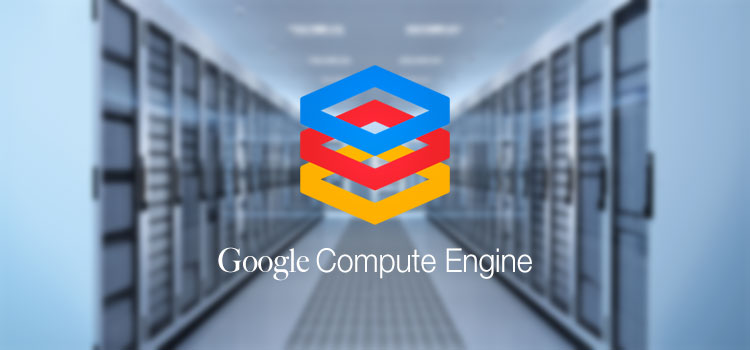The First Look To Google Compute Engine (GCE)
3 min read
It has just been confirmed that Google is at last making its cloud infrastructure live. The service is named as Google Compute Engine (GCE) and has already been under consideration for over a year. The preview version of this infrastructure-as-a-service (IaaS) was already floating in the markets, since June 2012. However, the general availability was made active this morning.
Google’s Cloud Platform Marketing head, Brian Goldfarb, made official statements saying, “GCE is a long-term strategic bet for the company,” and “we have an incredibly high bar for what general availability means.”
It has been said that Google took a long spell while stepping in to IaaS, making an early entrance to PaaS, five years ago, in 2008. Google Compute Engine has already been in the competition with other actors of IaaS, like Elastic Cloud Compute (EC2) from Amazon. However, since the days of its preview, GCE has already been hosting the renowned companies including Snapchat, Red Hat, and Evite.

Let me review, what the expanded features are in this released version, and what differentiates the preview version from the released one. According to the final reports, Google allows users to run different Linux distributions of their use and does not impose the preselected ones. It also supports those coming with optional add-on modules and their customized kernels. GCE is also termed as flexible for users to manage their own security and run large distributed workloads, by installing SELinux and CoreOS, respectively. Other features include: the ability to deploy deep infrastructure applications like special-use file system, XFS/AUFS file system, FOG creator, and Docker app container.
GCE has also expanded its existing number of distributions, by increasing its offerings such as Debian and CoreOS to SUSE Linux, Red Hat Enterprise (RHEL), and FreeBSD Unix distribution.
Establishing a service level agreement (SLA), Google’s IaaS is guaranteed to be available 99.95 percent of the time. GCE claims an ensured reliability by minimizing its required downtime. This will be carried by moving the customer workloads to other servers, while performing maintenance on one server. As a result, it would have a zero impact on the performance of engine. Moreover, the image restart time has also been minimized to the lowest extent.
Another notable enhancement is the increase in number of CPU cores joined in an instance. Users that once were able to use 8 CPU cores will now be able to use up to 16 CPU core instance with 104GB memory. This will help in handling NoSQL databases for web applications.
The other most talked about fact of this engine is its dropped down prices. Now, the basic GCE service is offered at a price lowered at 10 percent. Other pricing reduction details are:
- Price of a standard one core being reduced from US$0.115 to US$0.104
- Price of Persistent Disk Storage being reduced from US$0.10 to US$0.6
- The company will not be charging any dollars for I/O traffic to disk
With these expansions and price wavier, Google seems to step in with quite aggressively, claiming a large chunk of IaaS market.




